Vintage Tribal Kilim Runner 3' 4" x 10' 4" (40" x 124")
Type:
Kilim RugsCollection:
Tribal RunnersID:
K0077510Size:
Material:
The designs feature a rich array of symbols representing tribal culture and Anatolian motifs, often in the form of medallions, diamonds, and other geometric shapes.
The designs feature a rich array of symbols representing tribal culture and Anatolian motifs, often in the form of medallions, diamonds, and other geometric shapes. These kilim runners are ideal for hallways and narrow spaces, offering a touch of ethnic charm and artisanal quality to any interior.
Herki kilims not only serve as functional floor coverings but also as artistic expressions of tribal identity, making each rug a unique cultural artifact.
Design Elements
- Geometric Patterns
- The kilim features a plethora of geometric shapes, including diamonds and rectangles, which are arranged in repeating patterns.
- This geometric style is typical of tribal designs, representing a connection to nature and cultural heritage.
- Symmetry and Balance
- The symmetry in the layout of the motifs creates a harmonious look, emphasizing the importance of balance in tribal art.
- Each section of the runner is carefully designed to complement the others, creating a cohesive visual flow.
- Textural Variety
- The kilim’s flatweave technique offers a unique texture, which enhances the tactile experience of the runner.
- Variations in weaving thickness add depth and dimension to the overall design.
Colors
- Warm Earth Tones
- The kilim predominantly showcases warm earth tones, such as terracotta, burnt orange, and beige.
- These colors evoke a sense of warmth and comfort, reminiscent of the natural landscapes where tribal cultures thrive.
- Pops of Bright Colors
- Accent colors like deep pink infuse vibrancy into the design, symbolizing joy and life.
- These bright hues create visual interest and highlight the intricacies of the patterns.
- Contrasting Dark Borders
- The dark geometric borders enhance the overall design by providing a striking contrast to the lighter central motifs.
- These borders often symbolize protection and grounding within tribal art.
Main Motifs and Their Symbolism
- Diamond Shapes
- Diamonds are symbolic of protection and stability in many tribal cultures.
- They often represent a journey or a path, indicating the continuity of life and tradition.
- Rectangles and Squares
- These shapes are associated with community and family, symbolizing unity and togetherness.
- They can also signify the earth and grounding, connecting the weaver to their roots.
- Lines and Borders
- Lines often represent the journey of life, while borders provide a sense of enclosure and safety.
- They signify the boundaries of the home and protection from negative energies.
Summary
This vintage tribal kilim runner is distinguished by its intricate geometric patterns, characterized by diamonds and rectangles that convey themes of protection, stability, unity, and grounding. Featuring a rich palette of warm earth tones complemented by vibrant accents, the rug captures a sense of warmth, joy, and cultural heritage. The use of contrasting dark borders enhances the visual appeal while also symbolizing protection and safety. Overall, the kilim serves as both a functional piece and an expression of tribal identity and values through its design elements and colors.
- Ships in 1-4 business days
- Only one in stock, handmade, unique
- Free shipping via FedEx Express. Easy returns
- Contact us or add a note to your order if you want us to delay your shipping.
- Request more info if you want this rug shorter or narrower
Colors may appear slightly different across various monitors due to screen settings device differences, and external lighting conditions. If color accuracy is important for your space, we recommend viewing the rug on multiple devices or contacting us for a detailed color description. We can provide detailed photos and references using Sherwin-Williams, Benjamin Moore, Pantone, or even Crayola crayons.
You can also visualize most of our products in your own room with AR (augmented reality) on an iPhone or iPad.
Return Policy
Need a rug pad? We recommend RugPadUSA
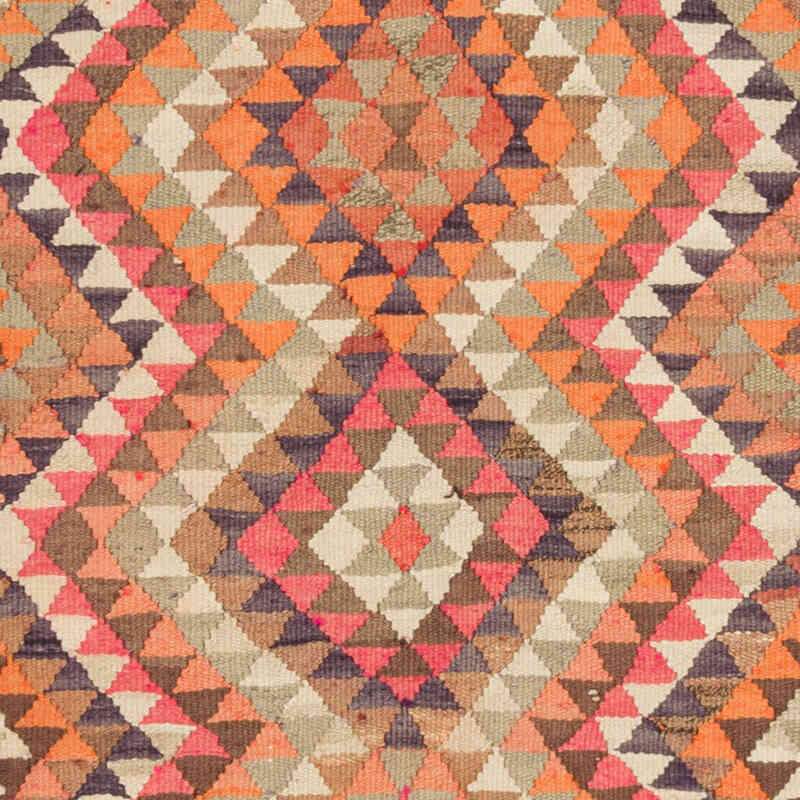
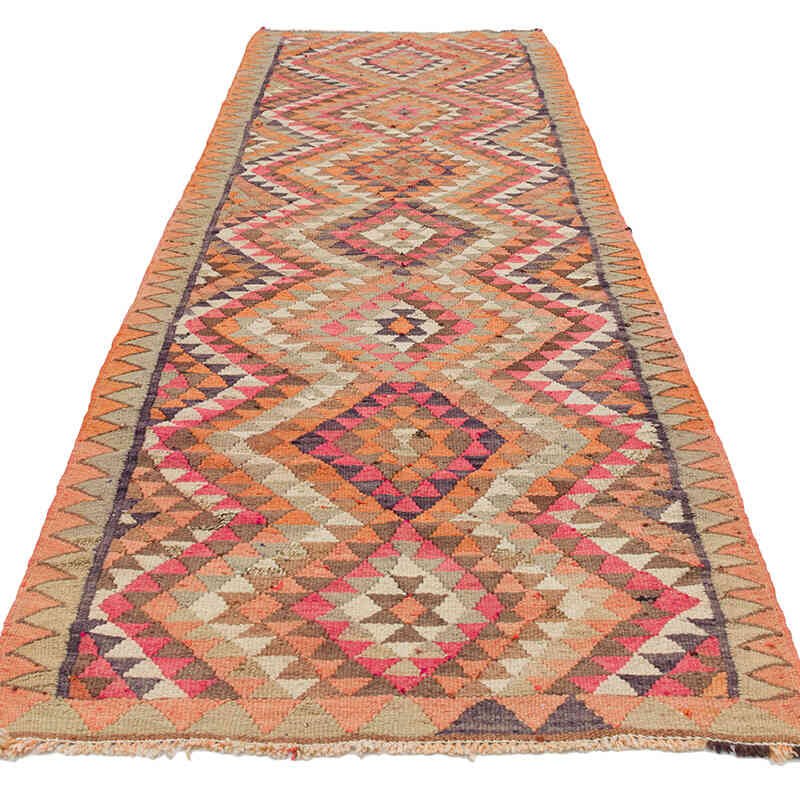

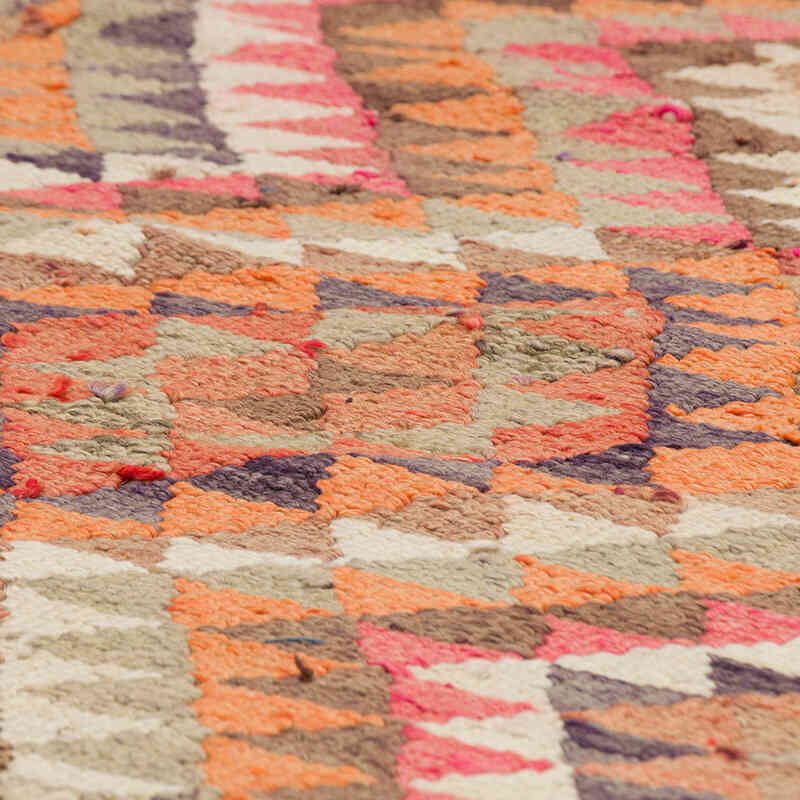
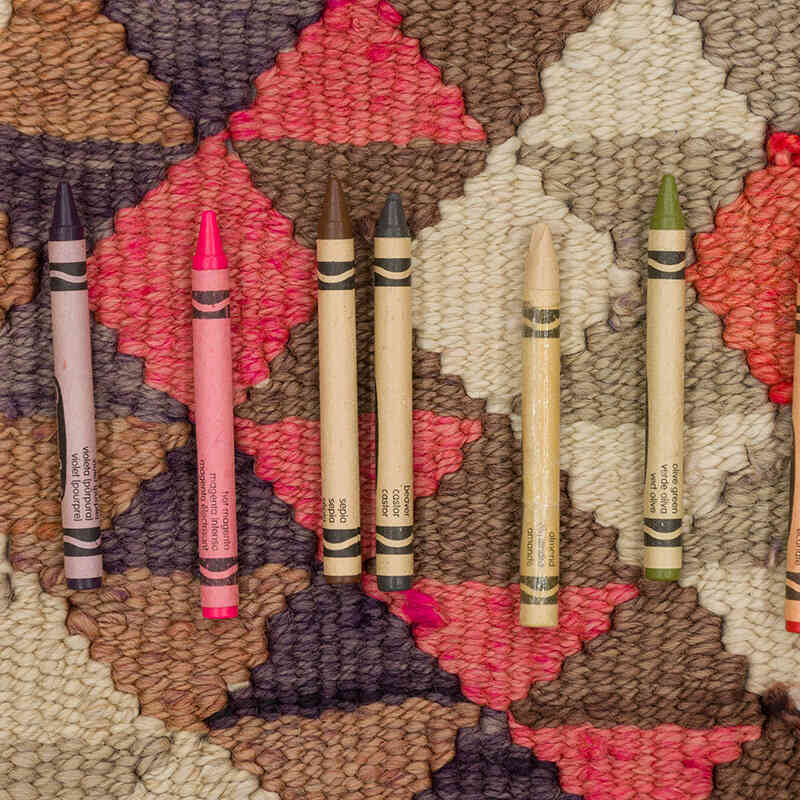
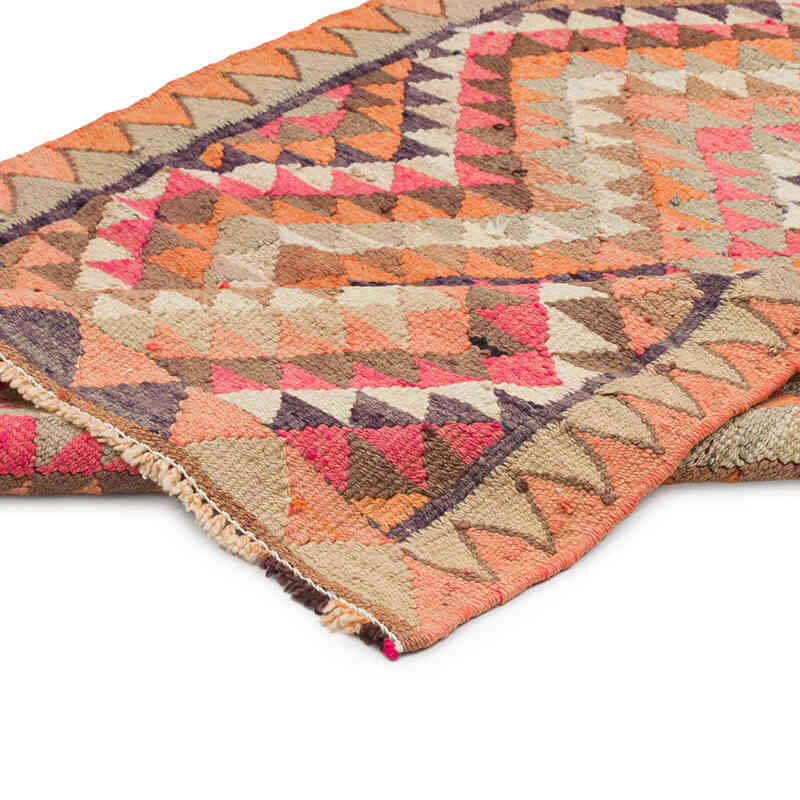
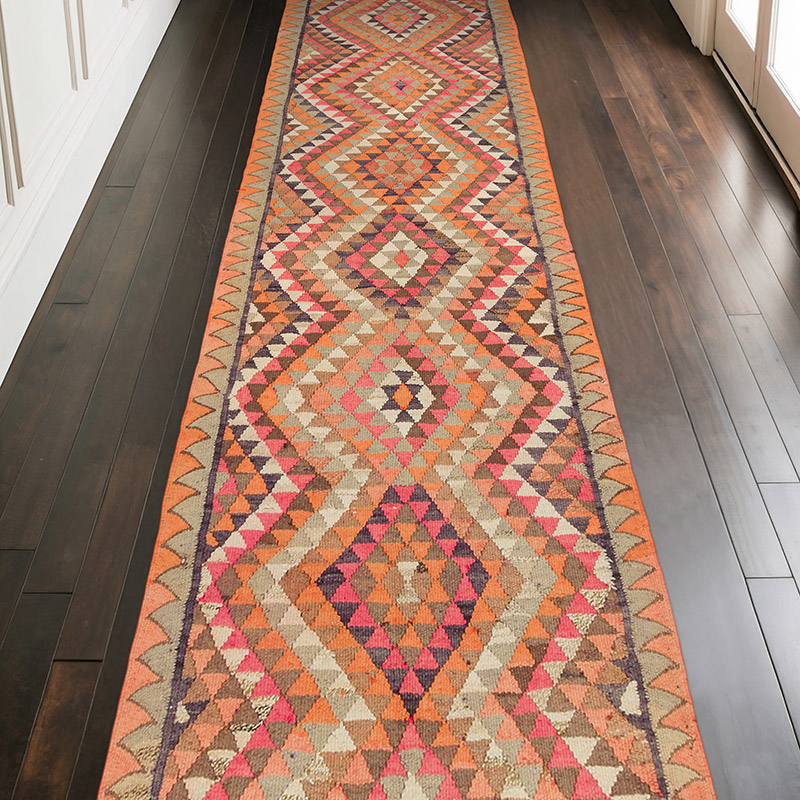











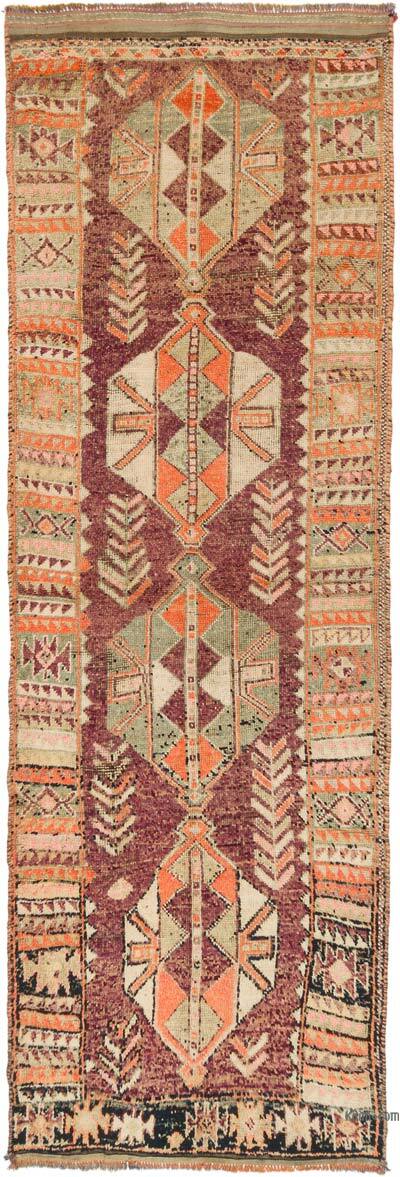




Vintage pink rug